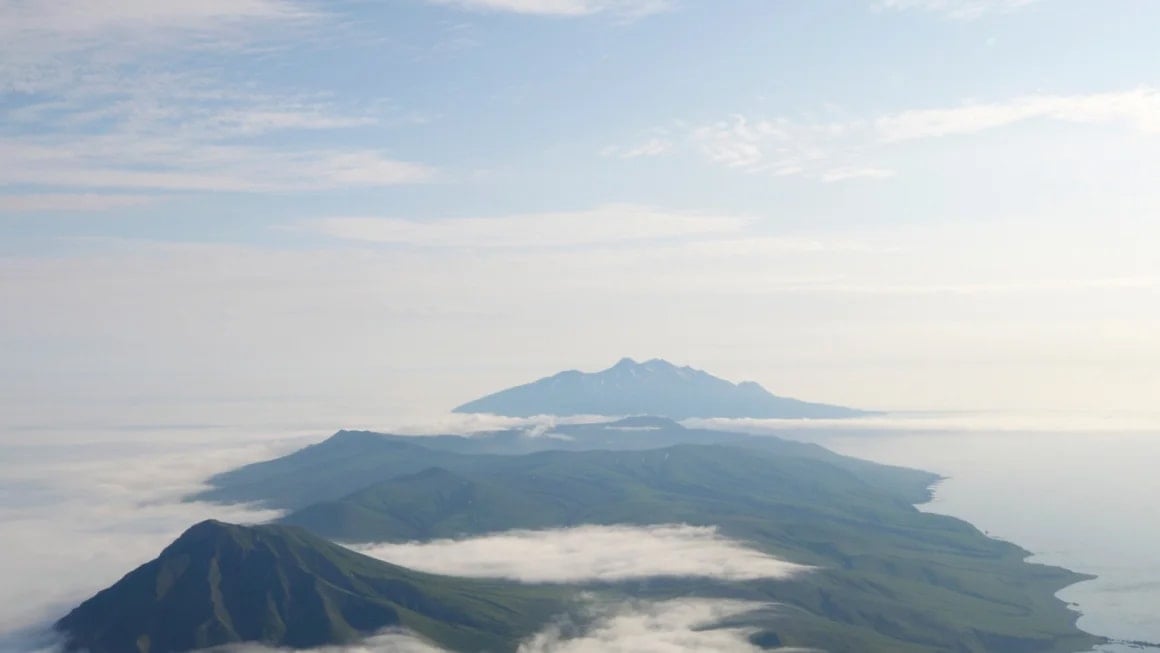
The mysterious eruption
The 1831 eruption was one of the most powerful of the 19th century, spewing so much sulfur dioxide into the stratosphere that it caused average annual temperatures in the Northern Hemisphere to drop by about 1 degree Celsius. The event occurred during the end of the Little Ice Age, one of the coldest periods on Earth in the past 10,000 years.
While the year of this historic eruption was known, the location of the volcano was not. Researchers recently solved that puzzle by sampling ice cores in Greenland, looking back in time through the core layers to examine sulfur isotopes, ash particles, and tiny pieces of volcanic glass deposited between 1831 and 1834.
Using geochemistry, radiocarbon dating and computer modeling to map the trajectories of particles, scientists linked the 1831 eruption to an island volcano in the Pacific Northwest, they reported Dec. 30, 2024, in the journal Proceedings of the National Academy of Sciences.
According to analysis, the mysterious volcano is Zavaritskii located on Simushir Island, part of the Kuril Islands. Before scientists discovered this, Zavaritskii's last known eruption was in 800 BC.
“For many volcanoes on Earth, especially remote ones, we have a very poor understanding of their eruption histories. Zavaritskii is on an extremely remote island between Japan and Russia. No one lives there and historical records are limited to a few logs from ships that pass by the islands every few years,” said Dr. William Hutchison, lead author of the study and a senior research fellow in the Department of Earth and Environmental Sciences at the University of St. Andrews in the UK.
With so little known about Zavaritskii's activity in the 19th century, no one previously suspected it could be a candidate for the 1831 eruption. Instead, researchers looked at volcanoes closer to the equator, such as Babuyan Claro in the Philippines.
“This eruption had a global climate impact but was long misattributed to a tropical volcano. Research now shows that the eruption took place in the Kurils, not in the tropics,” said Dr. Stefan Brönnimann, head of the climatology group at the University of Bern in Switzerland.
A study of Greenland ice cores found that in 1831, the amount of sulfur dust — a sign of volcanic activity — in Greenland was about 6.5 times greater than in Antarctica. The findings point to a major eruption from a mid-latitude volcano in the Northern Hemisphere, the researchers report.
The team also chemically analyzed ash and volcanic glass fragments no larger than 0.02 millimeters in length. When the scientists compared their results with geochemical data sets from volcanic regions, the closest matches came from Japan and the Kuril Islands. Japan’s 19th-century volcanic eruptions are well documented, and there are no records of a major eruption in 1831. But colleagues who had previously visited volcanoes in the Kuril Islands provided samples that helped the researchers find a geochemical match with the Zavaritskii crater.
Furthermore, according to Dr. Hutchison, volumetric and sulfur isotope analysis of the crater shows that it formed after a major eruption between 1700 and 1900, making Zavaritskii the “leading candidate” for the mysterious 1831 eruption.
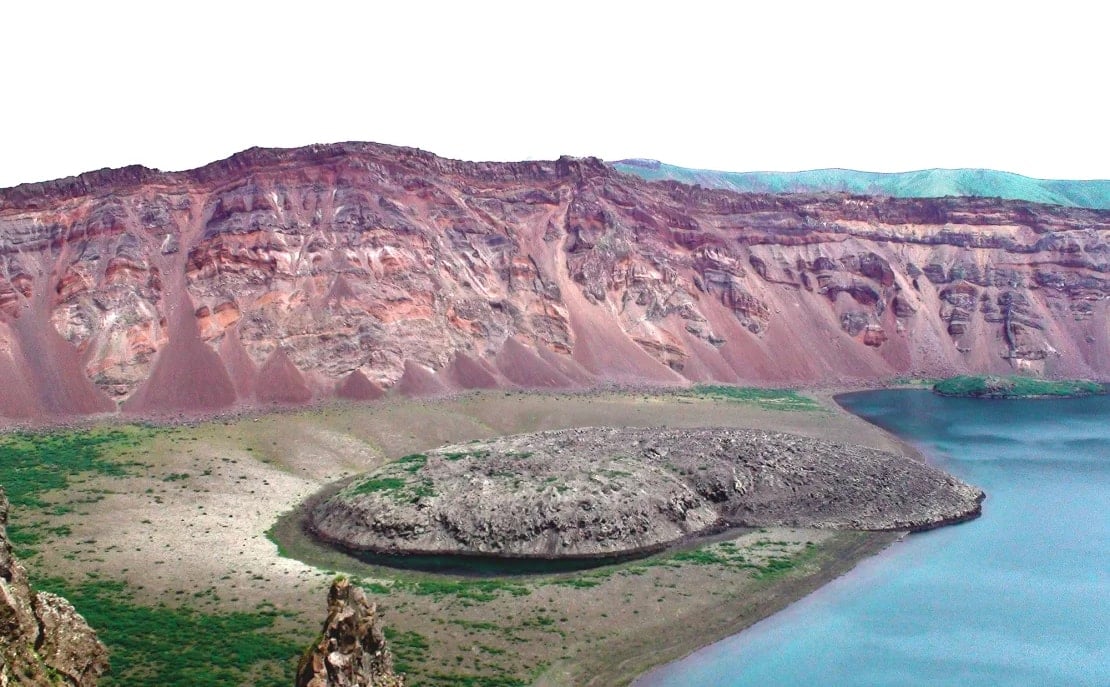
The End of the Little Ice Age
Along with Zavaritskii, three other volcanoes erupted between 1808 and 1835. They marked the end of the Little Ice Age, an unusual climate phenomenon that lasted from the early 1400s to around 1850. During this time, annual temperatures in the Northern Hemisphere dropped by an average of 0.6 degrees Celsius. In some places, temperatures were 2 degrees Celsius cooler than normal, and the cool conditions lasted for decades.
Two of the four eruptions had been previously identified: Indonesia's Mount Tambora erupted in 1815, and Nicaragua's Cosegüina erupted in 1835. The volcano responsible for the 1808/1809 eruption remains unknown. The study authors reported that adding Zavaritskii highlights the potential for volcanoes in the Kuril Islands to disrupt Earth's climate.
Following the 1831 eruption, colder and drier conditions prevailed in the Northern Hemisphere. Reports of widespread famine and hardship quickly followed, as famine spread across India, Japan, and Europe, affecting millions of people.
It appears that volcanic cooling led to crop failures and famines, says Hutchison, and a focus of ongoing research is to understand the extent to which these famines were caused by volcanic cooling or other sociopolitical factors.
“By providing a long-lost account of how 19th-century volcanoes cooled Earth's climate, this study may further strengthen our confidence in the role of volcanic eruptions during the end of the Little Ice Age,” said Brönnimann.
Like Zavaritskii, many volcanoes around the world are isolated and poorly monitored, making it difficult to predict when and where the next major eruption will occur, Hutchison said. If there is one lesson to be learned from the 1831 eruption, it is that volcanic activity in remote places can have devastating consequences around the globe.
“We really don’t have the international community coordinating to act together when the next big eruption happens. That’s something we need to think about as scientists and as a society,” Mr Hutchison said.
Source: https://daidoanket.vn/xac-dinh-thu-pham-lam-mat-trai-dat-vao-nam-1831-10297829.html


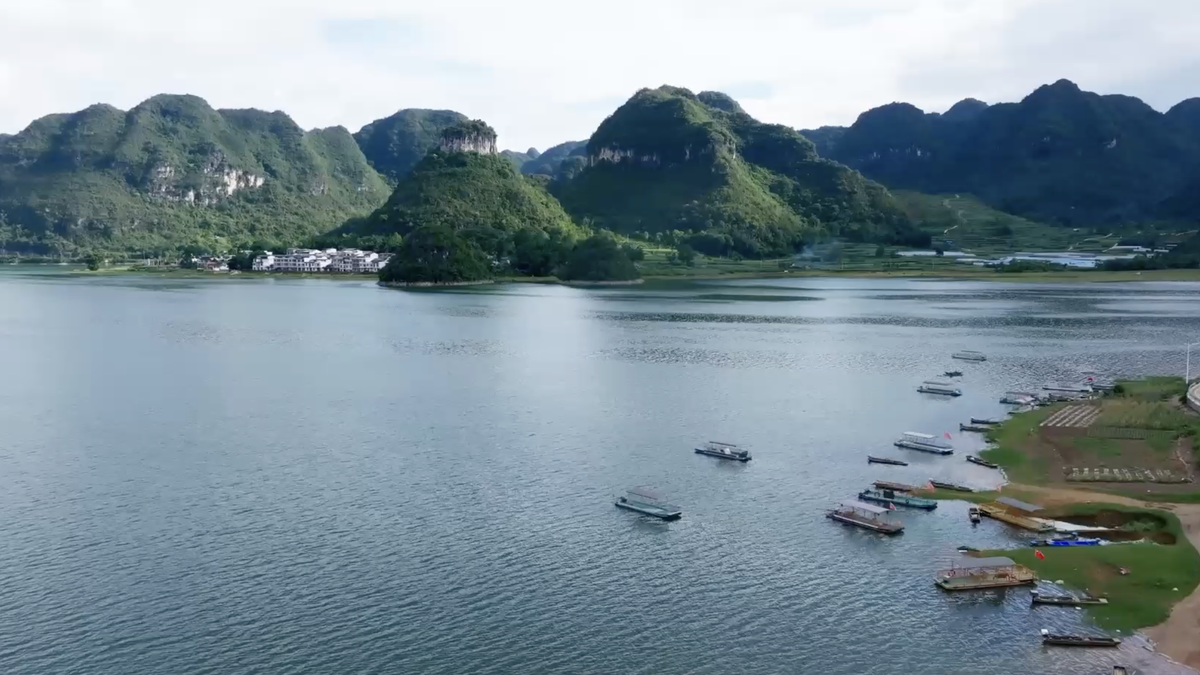


![[Photo] General Secretary To Lam and National Assembly Chairman Tran Thanh Man attend the 80th Anniversary of the Traditional Day of the Vietnamese Inspection Sector](https://vphoto.vietnam.vn/thumb/1200x675/vietnam/resource/IMAGE/2025/11/17/1763356362984_a2-bnd-7940-3561-jpg.webp)


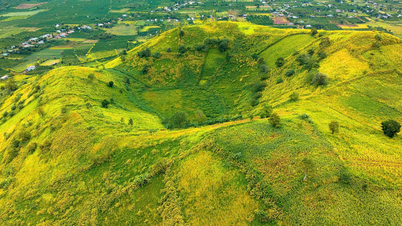







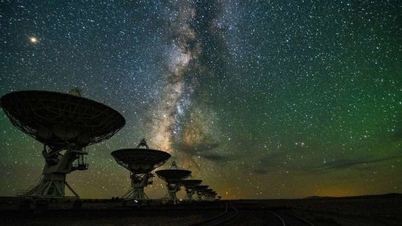

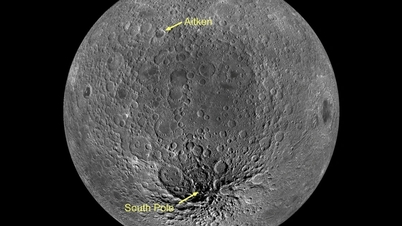







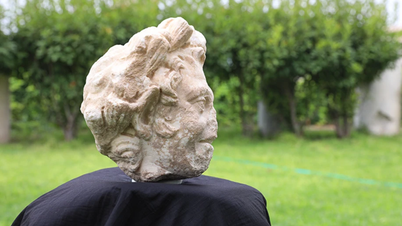

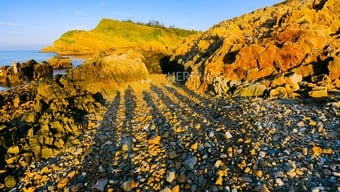









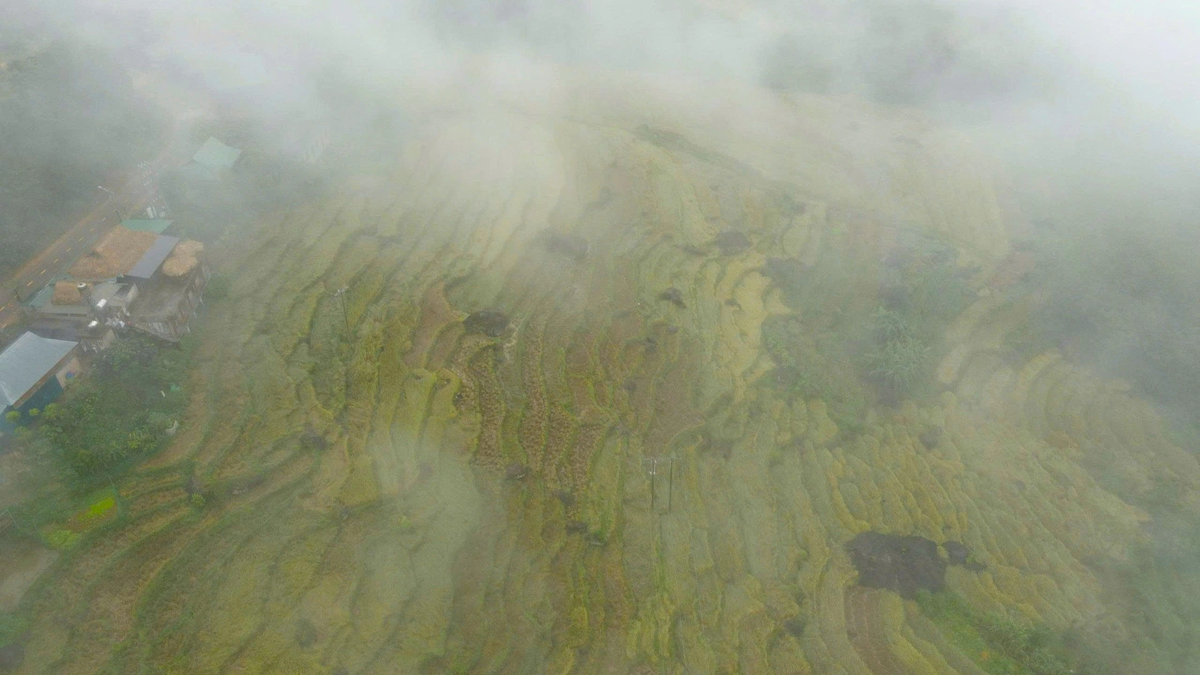

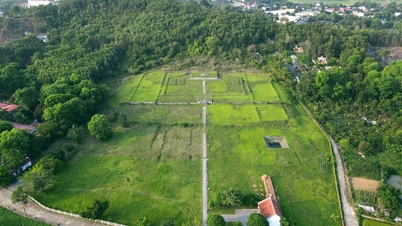


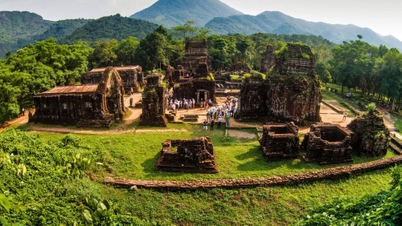





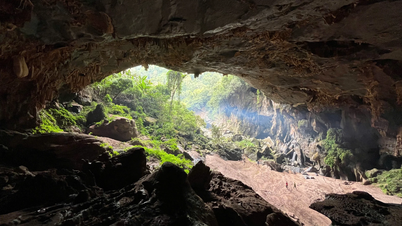






















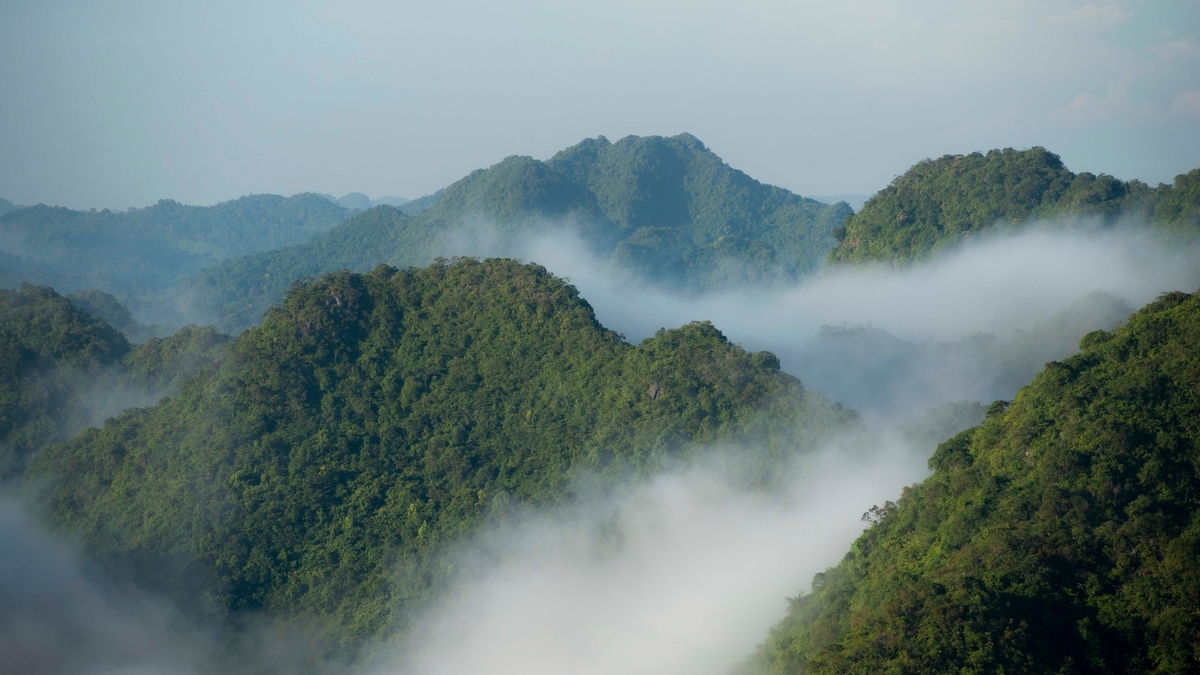














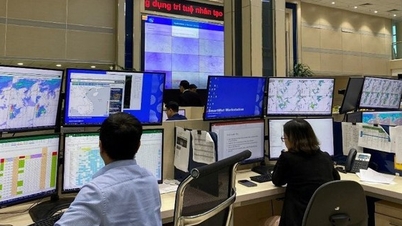









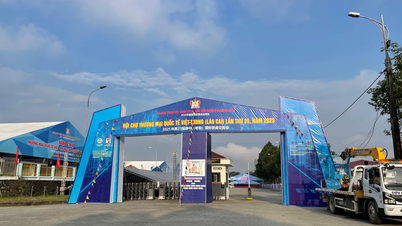













Comment (0)